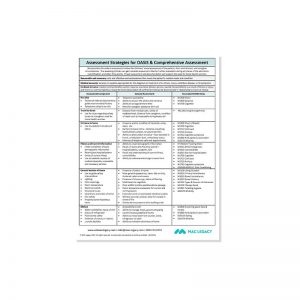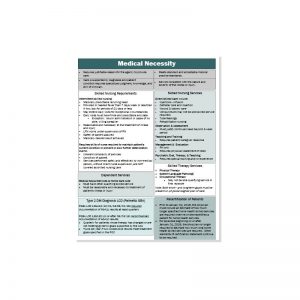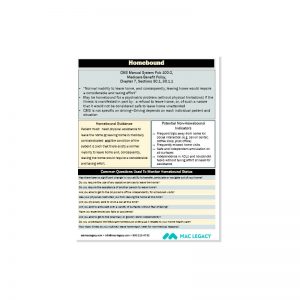The inability to leave home—homebound status–for patients receiving home health care services has plagued agencies since its inception. It has been the source of many heated discussions in team meetings, has it not? Initial assessments of patients typically start out strong with reasons the patient is unable to leave his or her home without a…
The inability to leave home—homebound status–for patients receiving home health care services has plagued agencies since its inception. It has been the source of many heated discussions in team meetings, has it not? Initial assessments of patients typically start out strong with reasons the patient is unable to leave his or her home without a considerable, taxing effort. However, robust descriptions in the clinical documentation often wanes as the patient begins to return to their former baseline of health. All staff who are providing services need to be aware of the implications of their documentation. For instance, a therapist who simply charts “the patient successfully walked around the local mall over the weekend” may trigger red flags to a medical review auditor. Documentation of improving status needs to include “the rest of the story”, as applicable. Details of how the patient was transported to the mall, what assistive devices were used, resulting fatigue/shortness of breath/pain, etc. need to be included. If none of these other details apply, the patient may no longer qualify for home health care services. Remind your staff of the dangers of contradicting documentation.



